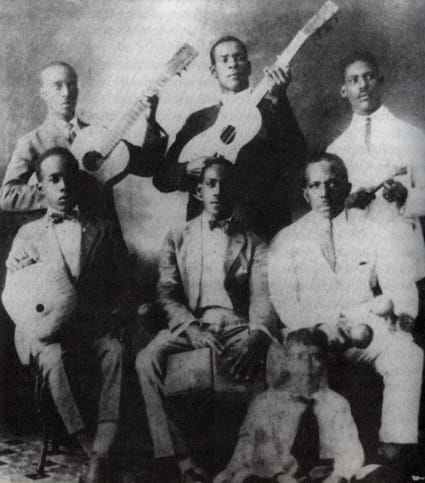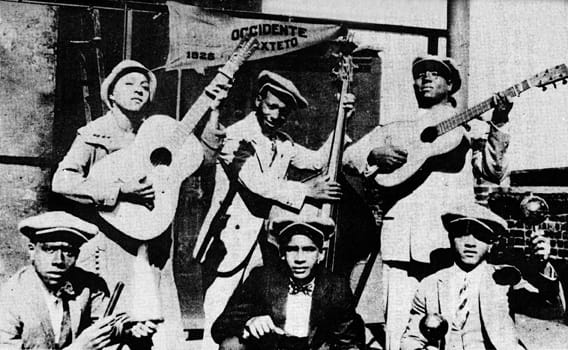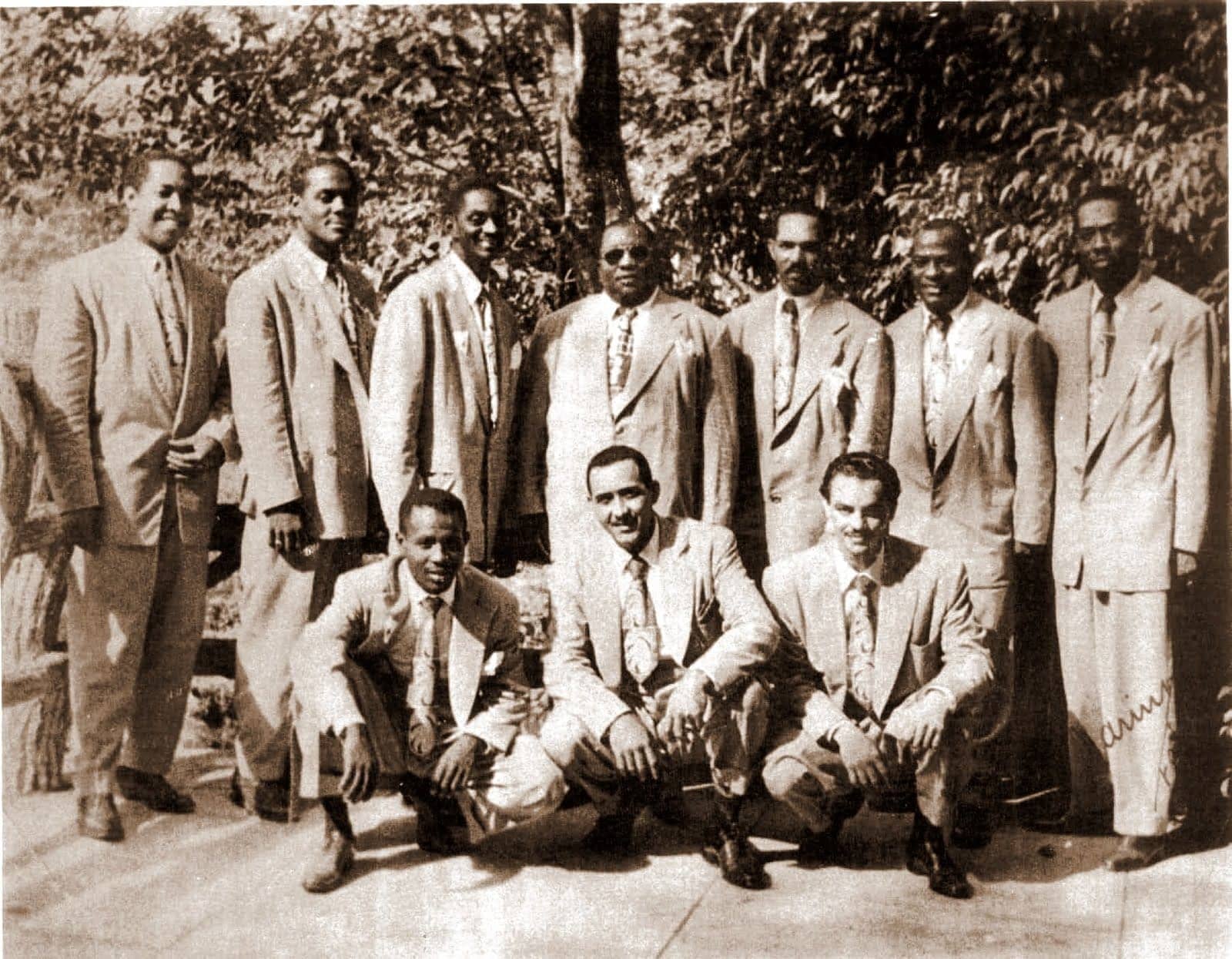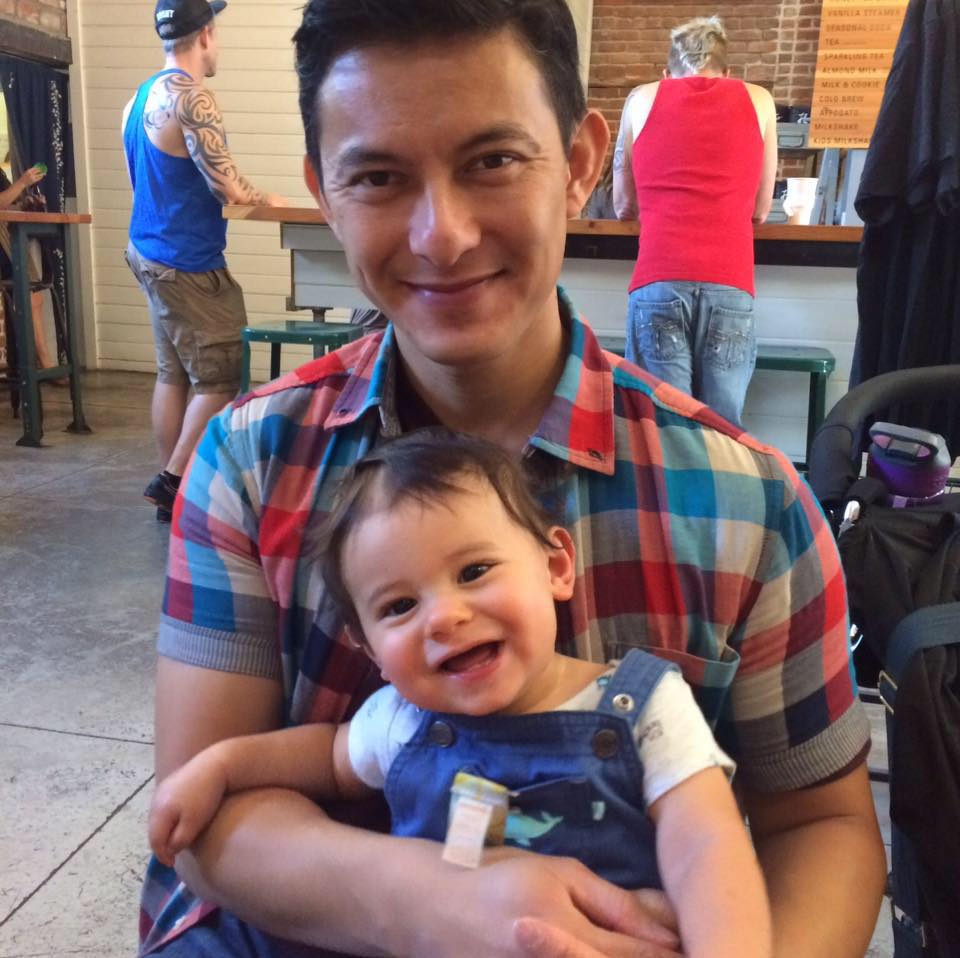Music History - Cuban Son
While listening to salsa, some times I’ll come across Cuban son like Arsenio Rodriguez’ Papaupa and find myself wondering what makes this a son and not a salsa. Other than it sounding older, and perhaps a bit slower, what’s the difference? I endeavored to find out with the help of the internet and wikipedia.
History
Son’s direct ancestry comes from the peasants in Cuba’s Oriente province, many of whom were descendants of the Bantu (speakers of the Bantu languages comprising several hundred ethnic groups in sub-Saharan Africa spread over a large part of Central Africa down to Southern Africa). These precursors, which included changüí, nengón, kiribá and regina, were often played at parties with a vocalist and a guitarist (who played on guitar variants that were precursors themselves to the tres). The rhythm section, composed of percussion instruments like the bongo and botija, appeared in later incarnations. By the 1890s several different forms of the son precursors were played throughout the rural parts of Cuba.
It was in the early 1900s, in Havana, where the different variations melded into what became son, and it was likely here where the son adopted the clave of the Havana-based rumba. The early groups usually had between three and five members, but by the 1920s sextets (or sexteto) became the primary format. The standard sextet formation was normally composed of the guitar, tres, bongos, claves, maracas and double bass. By the 1930s, trumpets were incorporated which led to septetos. By the 1940s, congas and pianos were added leading to what now became known as conjunto arrangements.
The 1930s and 1940s were the time where Cuban music achieved an international presence, where many of the bands toured parts of Europe and North America. By the 1960s, son played an integral part of the music coming from New York, where it combined with other Latin American styles, most prominently Puerto Rican, to become salsa. In Cuba, after becoming isolated due to revolution and government change, the son evolved independently, leading to the songo and timba styles.
Present Day
Presently, while it achieved somewhat of a resurgence with the popularity of the Buena Vista Social Club in the 1990s, the son now remains more an artifact of Cuban history rather than something widely played and heard. Still, it majorly influences what we listen to today as it forms the underpinnings of salsa and timba, and was an important contributor to the rise of Afro-Cuban rhythms and percussion in mainstream music.
So, back to that question on what differentiates a son from a salsa? The fact that son was the precursor to salsa complicates that question because where does the line get drawn on what’s a son and what’s a salsa? I don’t know enough personally to answer that well, so I’ll just be content with knowing a little bit more about salsa’s history and keep listening and learning as I go on. Hopefully you’ve also learned a bit more from this. Until next time!



